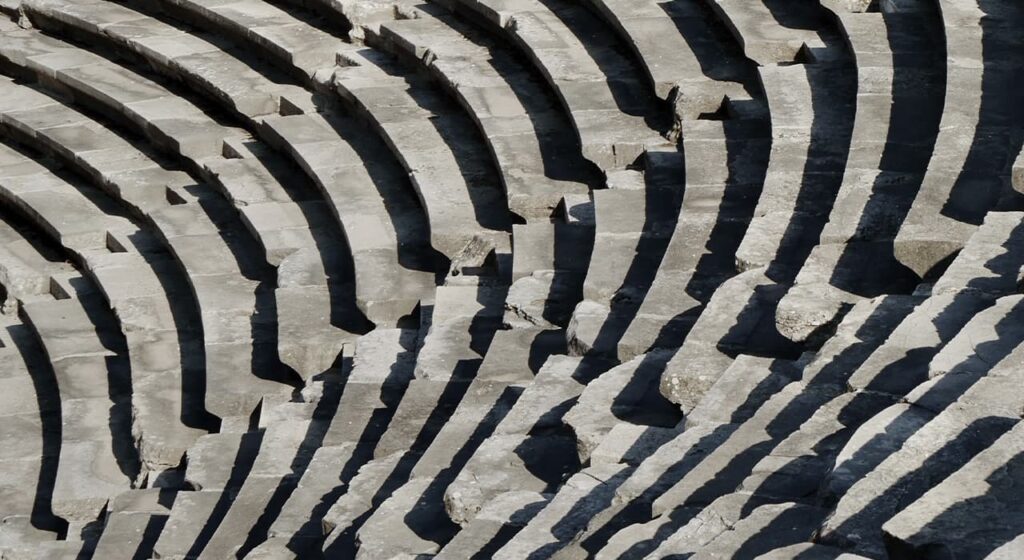
Pula Amphitheater
The main historical attraction of the Croatian Pula, and almost the whole of Croatia, is the majestic ancient Roman amphitheater of the 1st century AD, which the locals simply call the Arena.
There really is something to admire here: the Pula Arena proudly bears the title of the sixth largest amphitheater in the world – in the days of its glory, more than 20 thousand spectators came here to crave bread and circuses. Today, the amphitheater continues the glorious traditions of the stage venue: concerts of music of all genres are regularly held here – from classical to rock, and in the summer, “gladiator” fights are held weekly – to the delight of the resting public, whose passion for spectacles has not changed at all over the past two thousand years .
In the summer, every week in the amphitheater of Pula, the historical Spectacvla Antiqva performance is held, which includes gladiator fights in the arena and an initiation into the intricacies of ancient Roman life.
A bit of history
The construction of the Arena began in the 1st century AD – then Pula was the crossroads of trade routes of the Adriatic and further – the Mediterranean. A large number of local and working for the benefit of the Roman Empire population had to be somehow distracted from the painful thoughts about their daily bread (which flowed into the bins of the metropolis) – and so it was decided to build an amphitheater in which gladiator fights would be regularly held. The arena accommodated up to 23 thousand spectators, located on three floors of stands.
The arena performed its direct function until the 5th century, when gladiator fights were prohibited, and began to gradually fall into decay.In the Middle Ages, cattle grazed here, jousting tournaments and fairs were held, and the amphitheater was slowly taken away for building materials.
The restoration of the building took place in the 18th and early 20th centuries, today the number of spectators is about 5 thousand.
The Pula Arena is perfectly visible from afar against the backdrop of low-rise urban development. Coming closer, pay attention to the four towers, as if fused into the contours of the amphitheater on the four cardinal points – they served as the supporting structure of the entire building. The arches of the three tiers of the Arena are supported by columns with capitals of three architectural orders – Doric, Ionic and Corinthian.
Once inside, be sure to take a walk along the elliptical arena, whose dimensions are 68 by 41 meters – once blood flowed here and the audience, hungry for reprisals, announced the walls of the amphitheater with excited exclamations. Steep stairs lead down to the dungeon and view the chambers where gladiators and wild animals were kept in anticipation of a fight. There is also a small exposition telling about the history of the amphitheater. Be sure to go up to the spectator stands and the top tier of the Arena for superb views of the surrounding countryside and the sea.
In the summer, every week in the amphitheater of Pula, the historical Spectacvla Antiqva performance is held, including gladiator fights in the arena and initiation into the intricacies of ancient Roman life – the opportunity to taste food and wine according to ancient recipes, as well as try on clothes of those times.